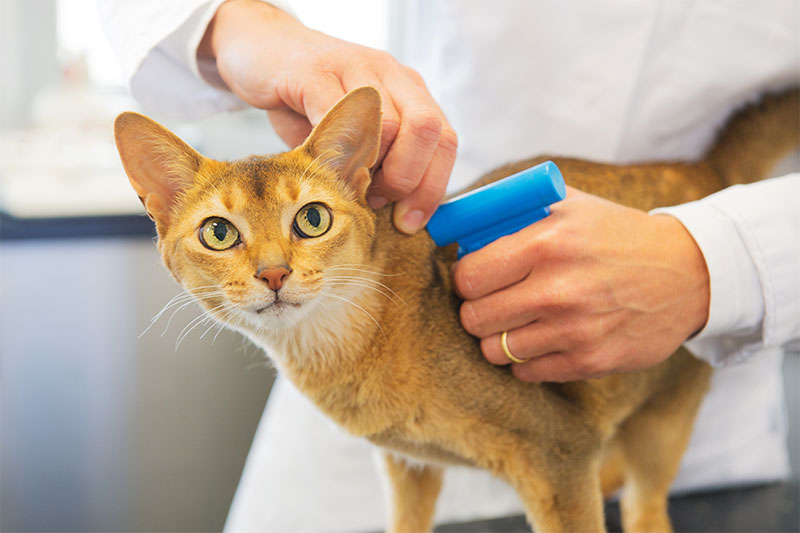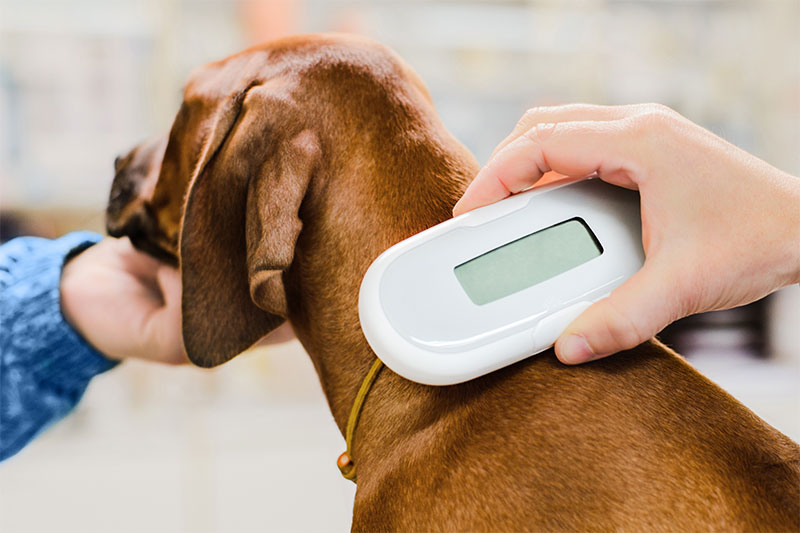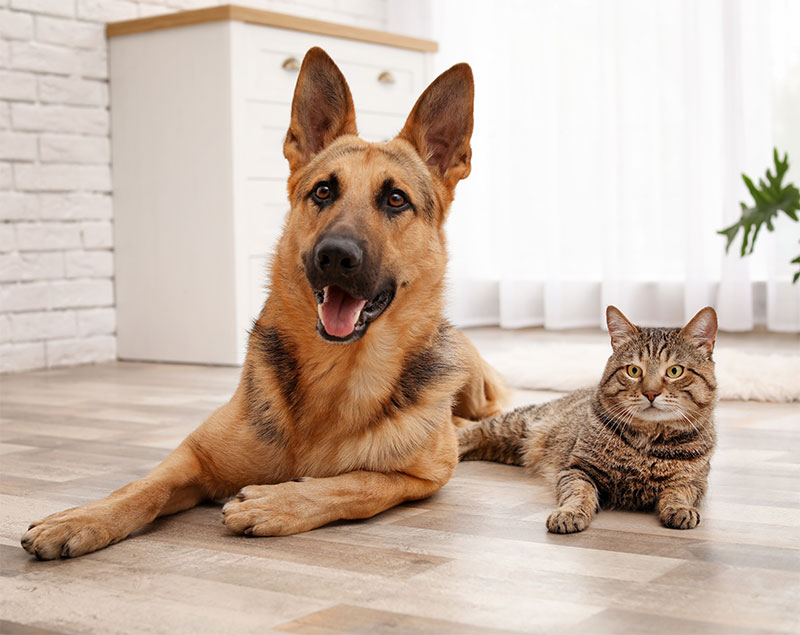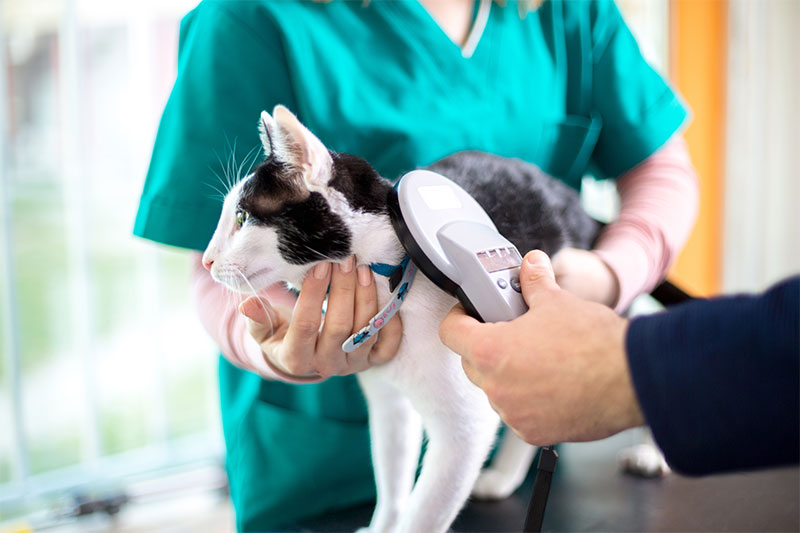Microchipping

Microchipping
No one ever plans on losing their pet. Despite our best intentions, however, approximately 10 million pets go missing in the United States every year, many of which are never reunited with their families.
For this reason, our veterinarian at Bonner Springs Animal Care Center strongly encourages all of our clients to have their dogs and cats microchipped.
What Is a Pet Microchip?
A pet microchip is a tiny radio-frequency identification device (RFID). About the size of a grain of rice, a pet microchip is inserted beneath your pet’s skin to provide your pet with a permanent form of identification.


How Do Pet Microchips Work?
Pet microchips are not GPS tracking devices. If a pet with a microchip becomes lost and is turned into a veterinary clinic or an animal shelter, a representative will use a special scanner to check the pet for a microchip.
The scanner then displays the pet’s unique, identifying number. The veterinarian or shelter representative can then look up the pet’s ID number in a national database where the owner’s contact information is listed. The owner will then be contacted and reunited with their found pet.
Do Pet Microchips Really Work?
Yes! Pet microchips greatly increase the chances of being reunited with a lost pet. In fact, one study that followed more than 7,700 stray animals at shelters found that:
Only 21.9% of dogs without microchips were reunited with their owners compared to 52.2% of dogs with microchips.
Only 1.8% of cats without microchips were reunited with their owners compared to 38.5% of cats with microchips.
It’s important to fit your pet with a collar and up-to-date ID tags, but collars can come off, get lost, and easily be removed if your pet is stolen. Microchips are permanent, cannot be lost, and only you have control of the contact information associated with your pet’s ID number.


What to Expect During Your Pet's Microchipping Appointment
Pet microchipping is a simple procedure that requires no anesthetics. Our veterinarian uses a hollow needle to “inject” a microchip between your pet’s shoulder blades. Similar to getting a vaccination, pets only experience a slight pinching sensation as the microchip is inserted into place.
We then provide you with instructions for registering your contact information with your pet’s microchip number in the national database. This final step is essential to the efficacy of your pet’s new microchip.
Pet Microchips at Bonner Springs Animal Care Center
To learn more about pet microchips or to schedule a microchipping appointment for your dog or cat, we welcome you to contact Bonner Springs Animal Care Center today.





